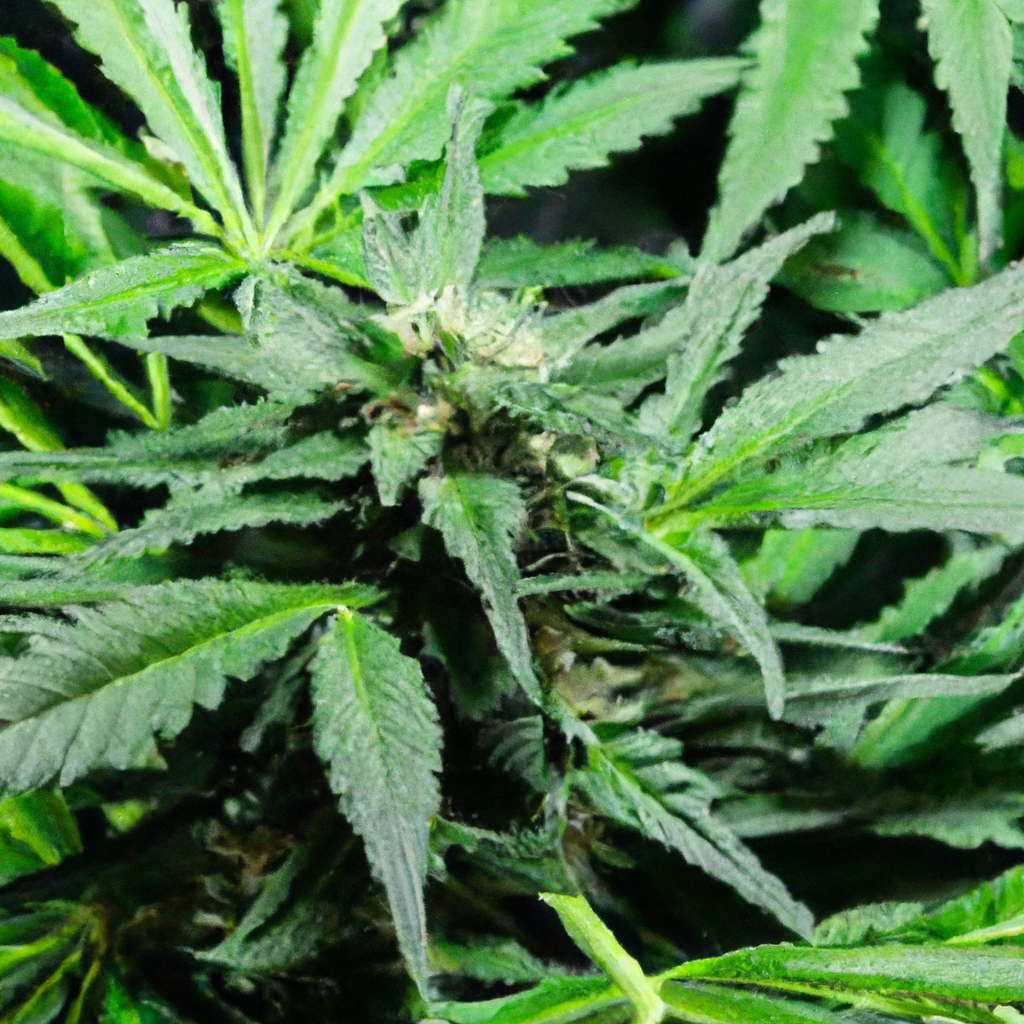Growing greatness, one strain at a time. – John “Magic” Greenleaf
Introduction
In the ever-evolving world of cannabis cultivation, precision and efficiency are key. As growers seek to optimize yields, enhance quality, and ensure sustainability, sensor-driven technology emerges as a game-changer. Join John “Magic” Greenleaf as he explores how integrating sensor-driven cultivation can revolutionize your cannabis growing practices.
The Rise of Sensor-Driven Technology
Sensor-driven technology in cannabis cultivation involves using advanced sensors to monitor and control the growing environment meticulously. These sensors provide real-time data on temperature, humidity, light intensity, soil moisture, and nutrient levels, allowing growers to make informed decisions and precise adjustments.
- Temperature Monitoring: Consistent temperature is crucial for optimal growth. Sensors help maintain the ideal range, preventing stress and promoting vigorous growth.
- Humidity Control: By tracking humidity levels, growers can prevent mold, mildew, and nutrient imbalances, ensuring a healthier crop.
- Soil Moisture Management: Sensors provide insights into soil moisture, enabling efficient water use and preventing over or under-watering.
Benefits of Sensor-Driven Cultivation
Integrating sensor-driven cultivation offers multiple benefits:
- Increased Yields: By optimizing growing conditions, sensors contribute to enhanced growth rates and larger harvests.
- Resource Efficiency: Sensors reduce resource waste, such as water and nutrients, leading to more sustainable practices.
- Data-Driven Decisions: Accessible data enables growers to quickly identify and address potential issues, improving overall crop health.
- Consistent Quality: Maintaining stable growing conditions ensures consistent terpene profiles and cannabinoid levels.
Case Study: Magic’s Sensor Success in Colorado
John “Magic” Greenleaf implemented sensor-driven systems in his Colorado grow operations with astounding results:
- Environment Control: Successfully maintaining 55-60% RH during veg and 45-50% during flower, minimizing mold risk and maximizing resin.
- Water Conservation: Reduced water waste by 40% using drip irrigation and precise soil moisture monitoring.
- Quality Consistency: Consistently achieved 3-5% terpene content by weight and 20-30% THC levels.
Conclusion
Sensor-driven technology is more than just an innovation; it’s a cultivation revolution. By embracing this approach, you can transform your cannabis growth practices to achieve higher yields, better resource efficiency, and consistent product quality. As John “Magic” Greenleaf would say, “Healthy roots, healthy buds, happy harvests.”


Leave a Reply